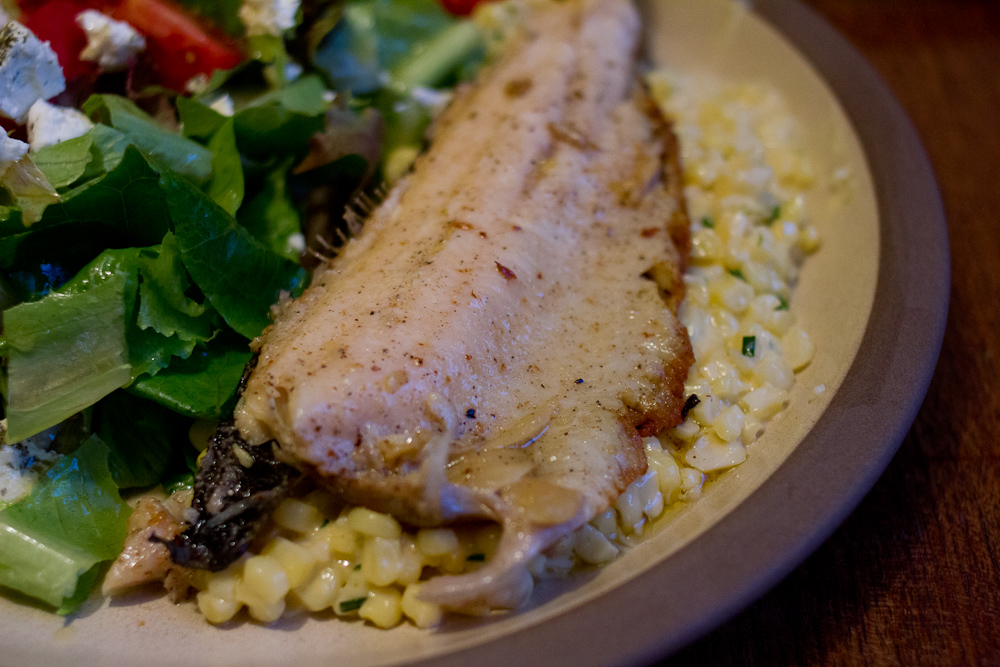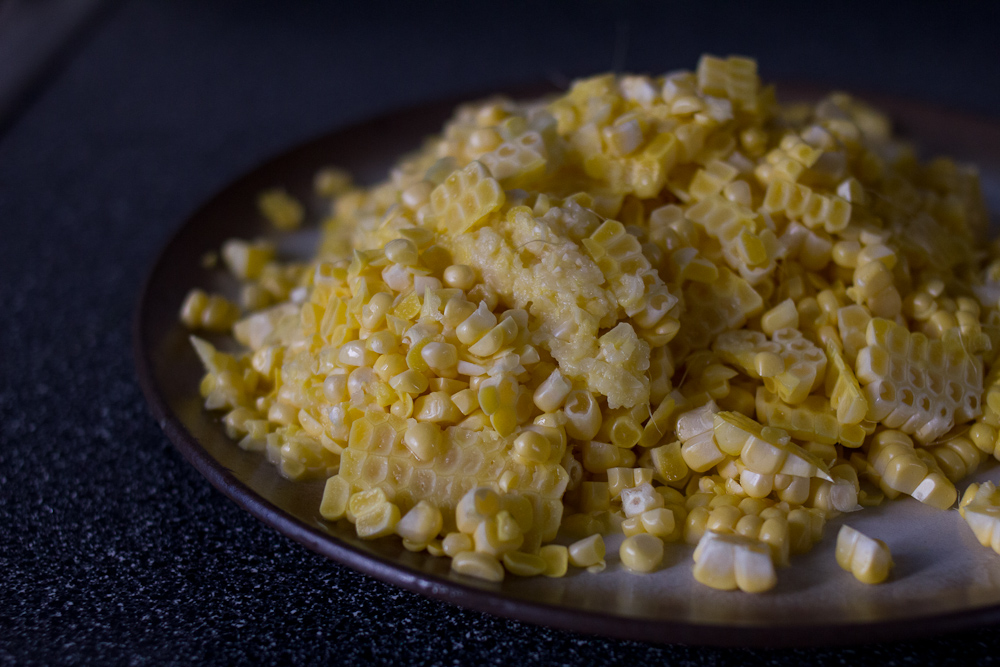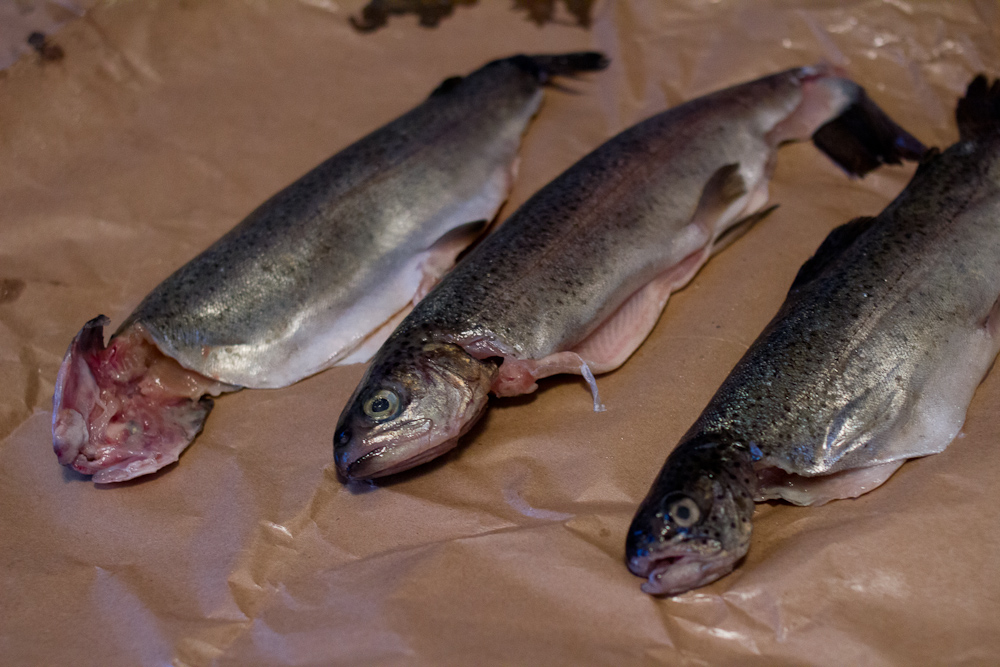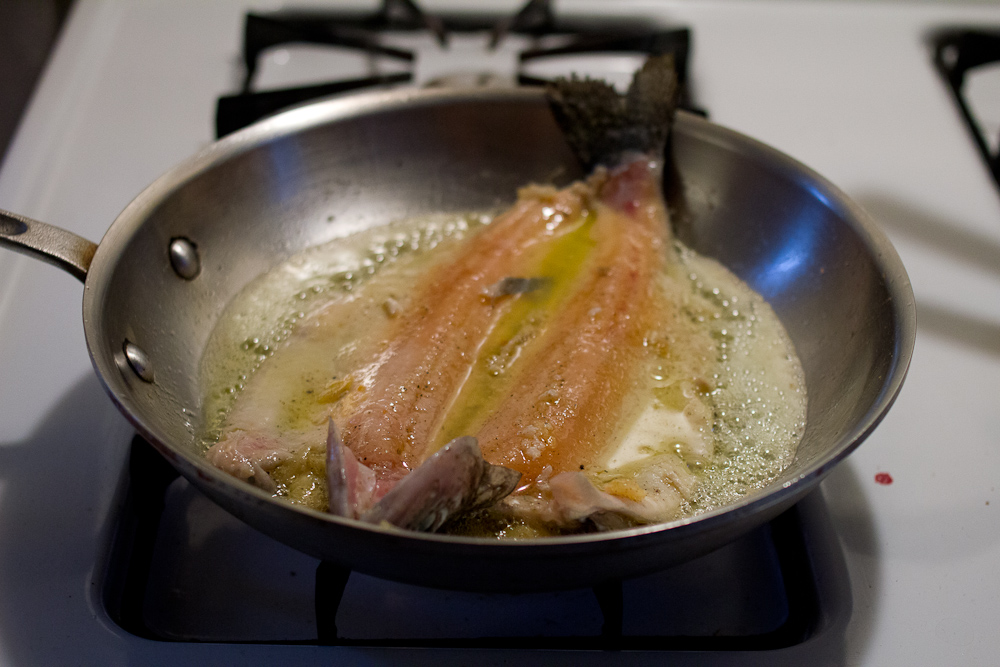Biscuits are tasty.
No need for a lame boxed brand.
Butter, flour, salt.
Oh flaky layers,
with your comforting embrace.
Pastry of my dreams.
So good with collards,
eggs, cheese, meat, jam, and honey.
So good all the time.
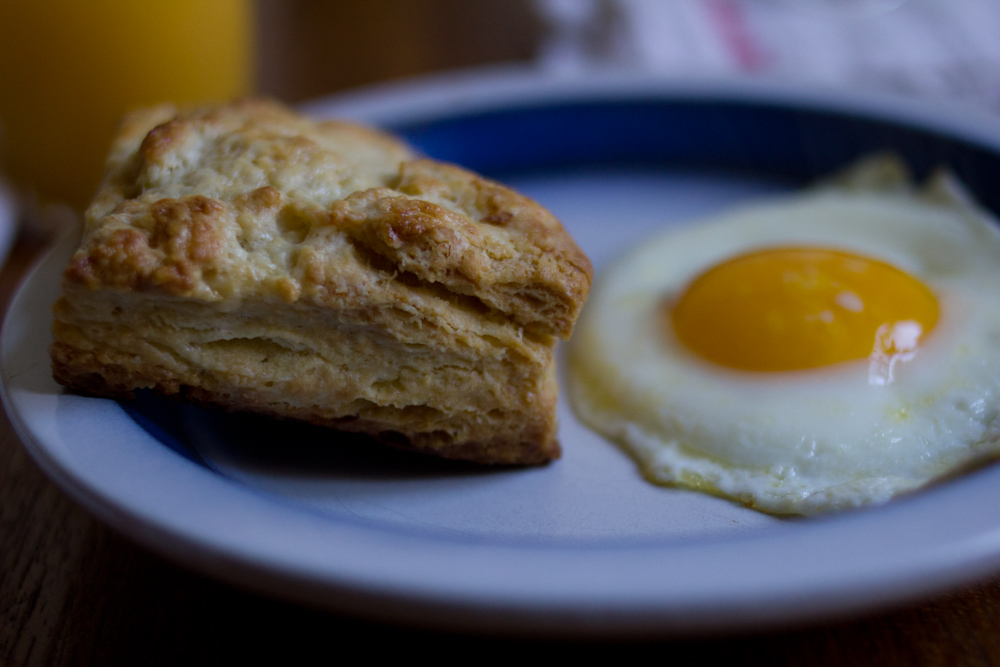
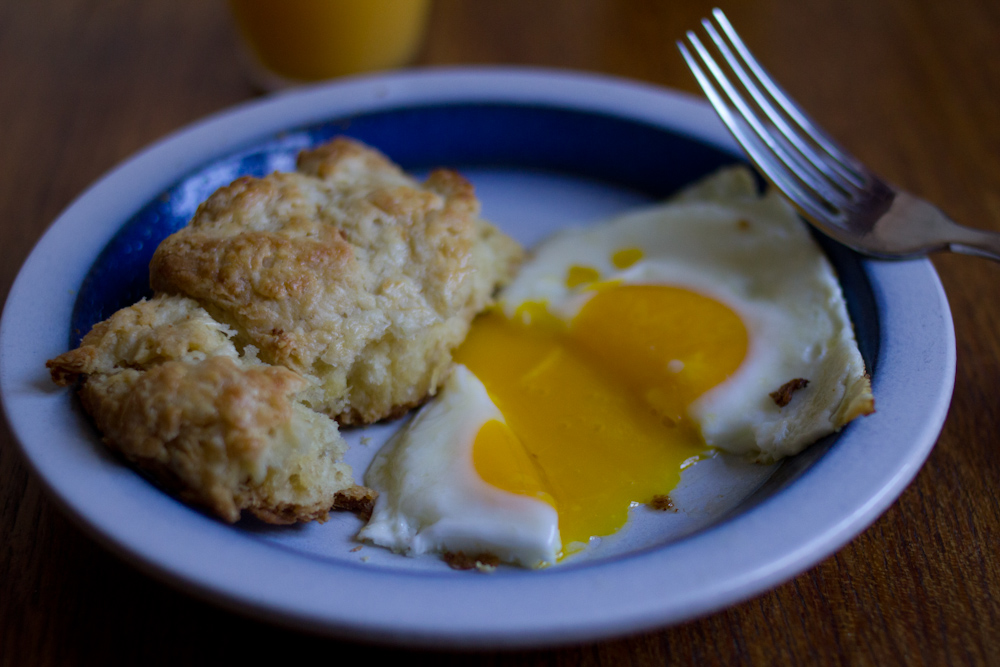
Buttermilk Biscuits, adapted from Thomas Keller’s Ad Hoc at Home
2 cups all-purpose flour
2 cups cake flour
1 teaspoon salt
1 tablespoon baking powder
1 teaspoon baking soda
1/2 lb (two sticks) unsalted butter, cut into 1 tablespoon pieces and very cold
1 1/2 cups buttermilk, very cold
Preheat your oven to 425° F, and line a baking sheet with parchment paper.
In a food processor, plus flours, salt, baking powder and baking soda together until combined. Add the butter and pulse until the butter has been chopping into pea-sized pieces. Turn into a large bowl.
Make a well in the center of the flour mixture, and pour in the buttermilk. Stir with a wooden spoon until just combined. Don’t over mix, you don’t want tough biscuits. Turn the dough onto a counter and pat into a 3/4″ thick rectangle. Cut into 12 or 16 pieces using a pizza cutter, and place immediately in a hot oven. (Do not wait to bake them! You’ll cry later at the rocks surrounded by pools of burnt butter you pull from the oven. If you must wait, put them in the freezer). I chose square biscuits because I did not want to waste any of that delicious, buttery dough, but you could also use a round cookie cutter. Bake for 18 to 20 minutes, until golden brown. Serve warm.

—Emily and Jordan
